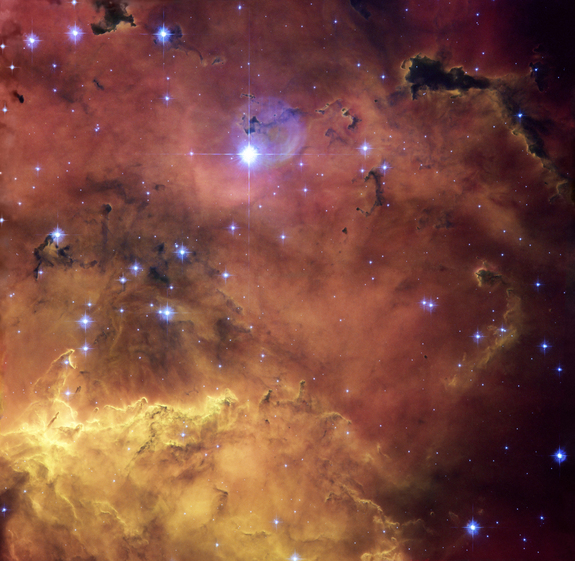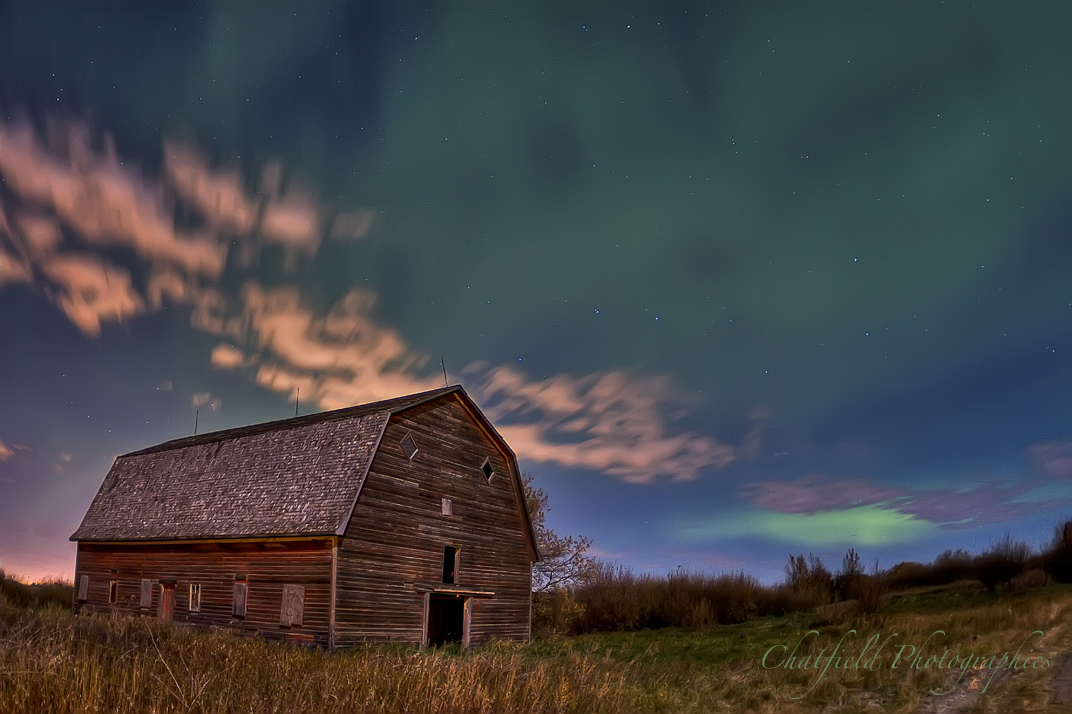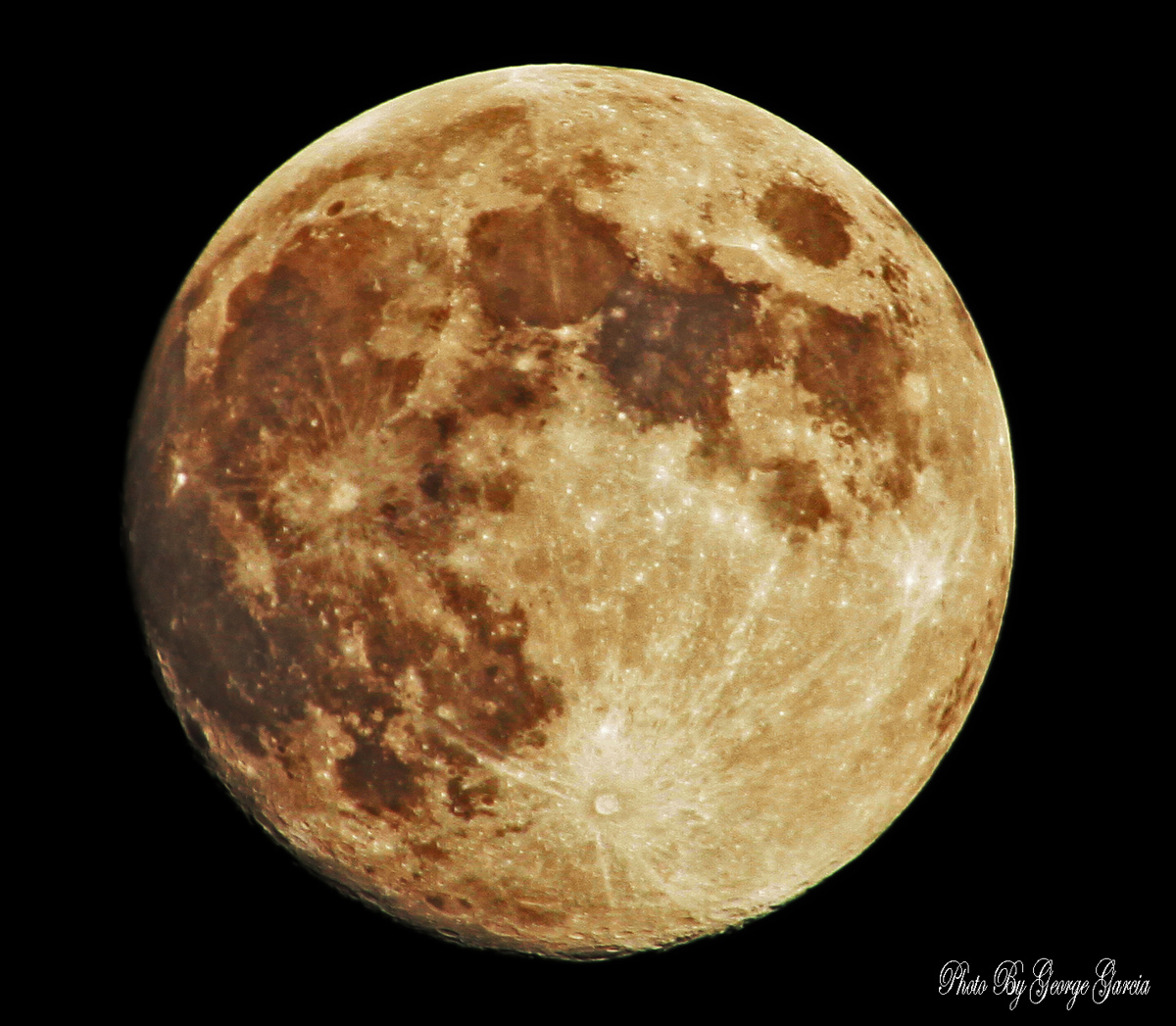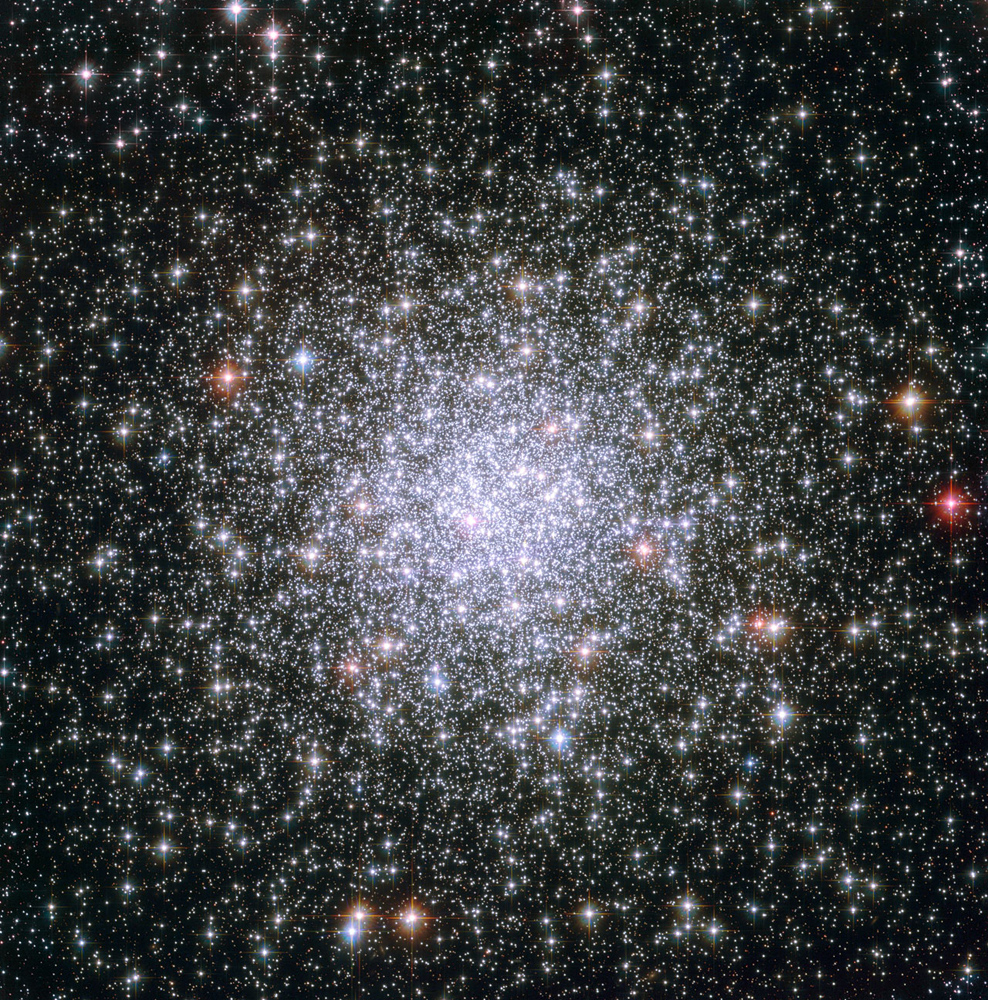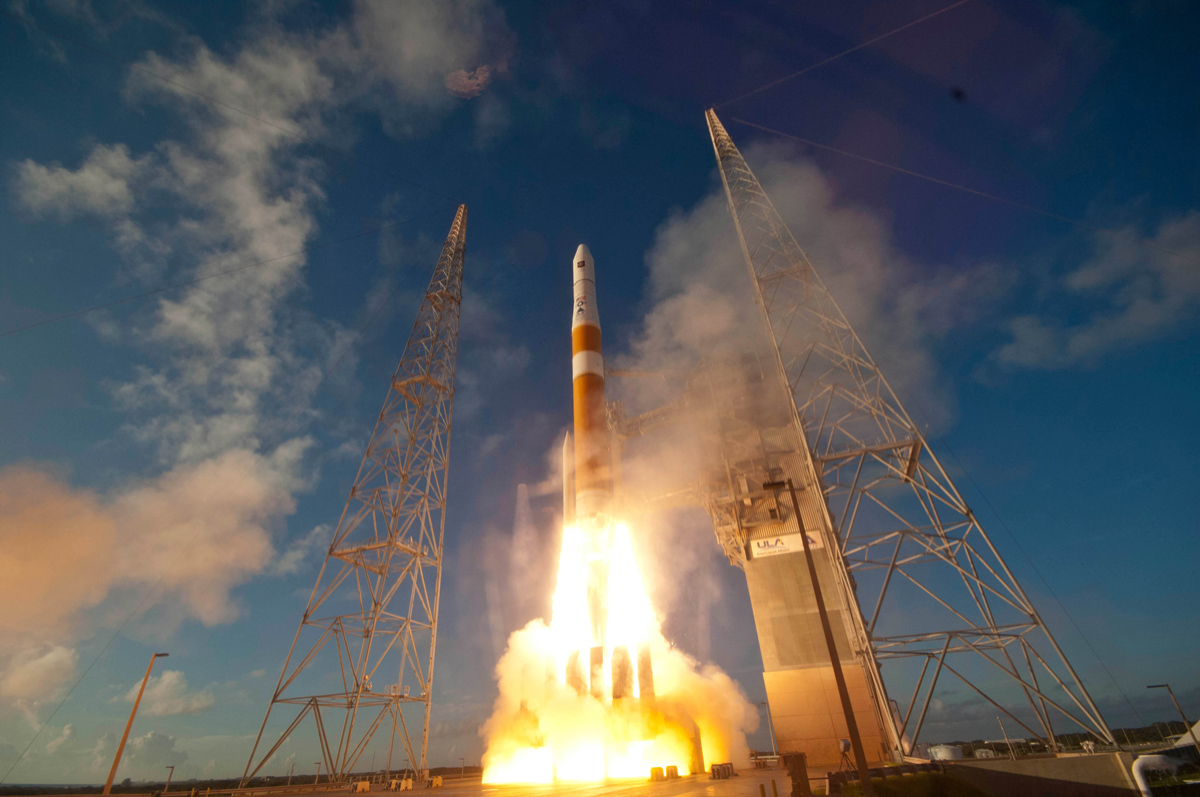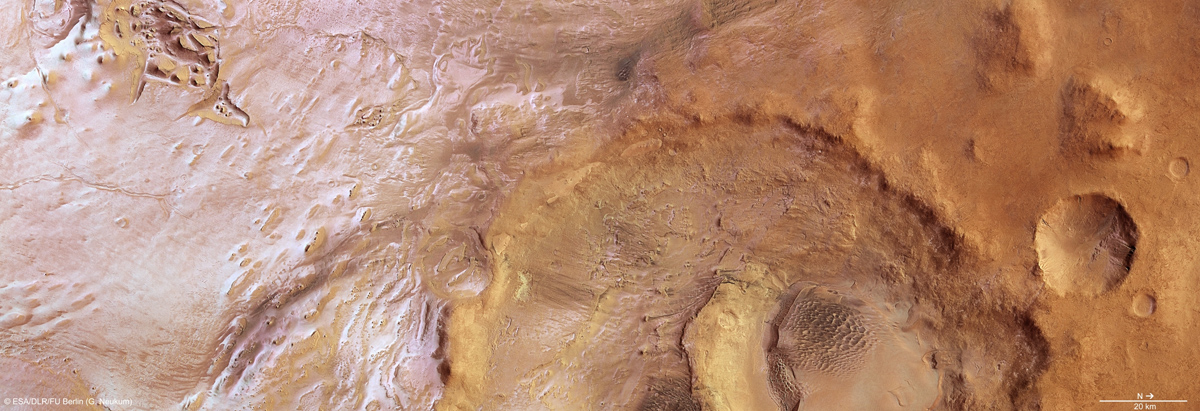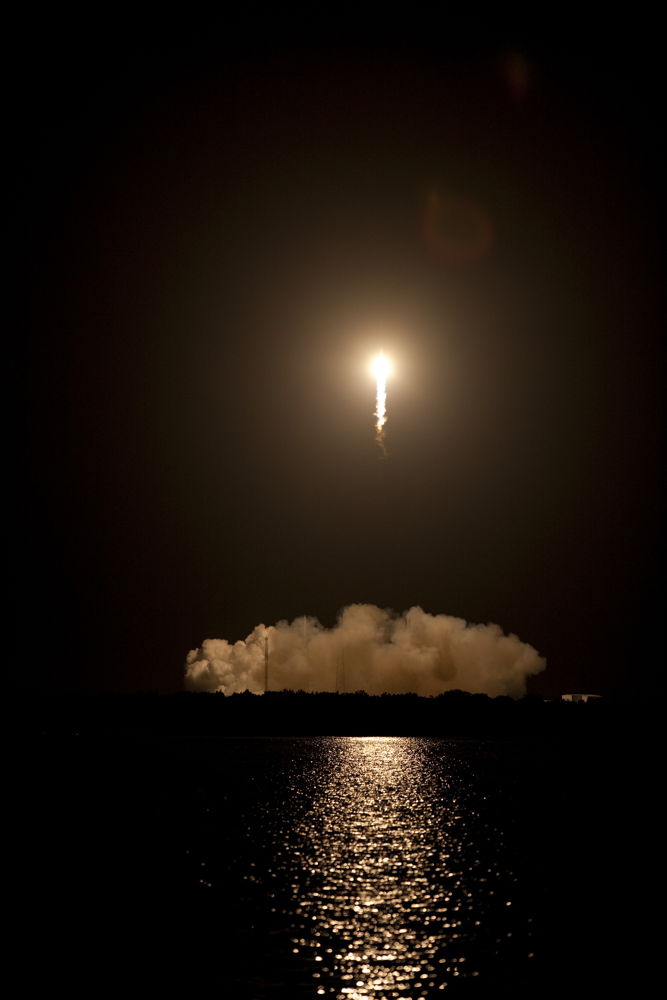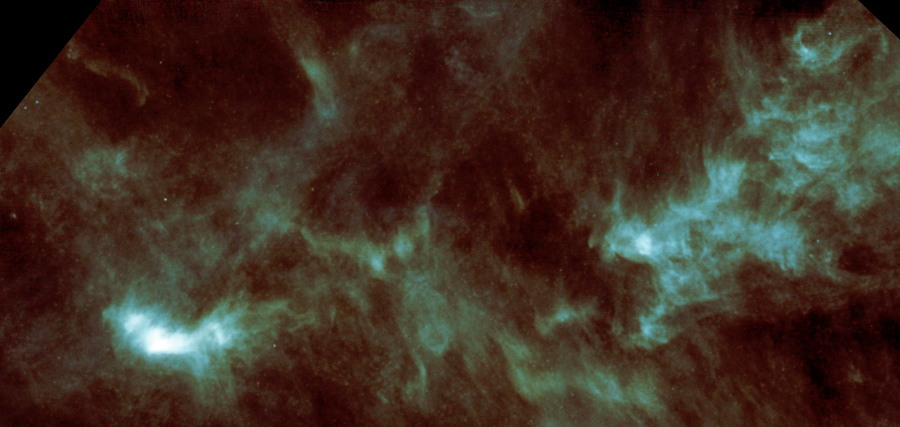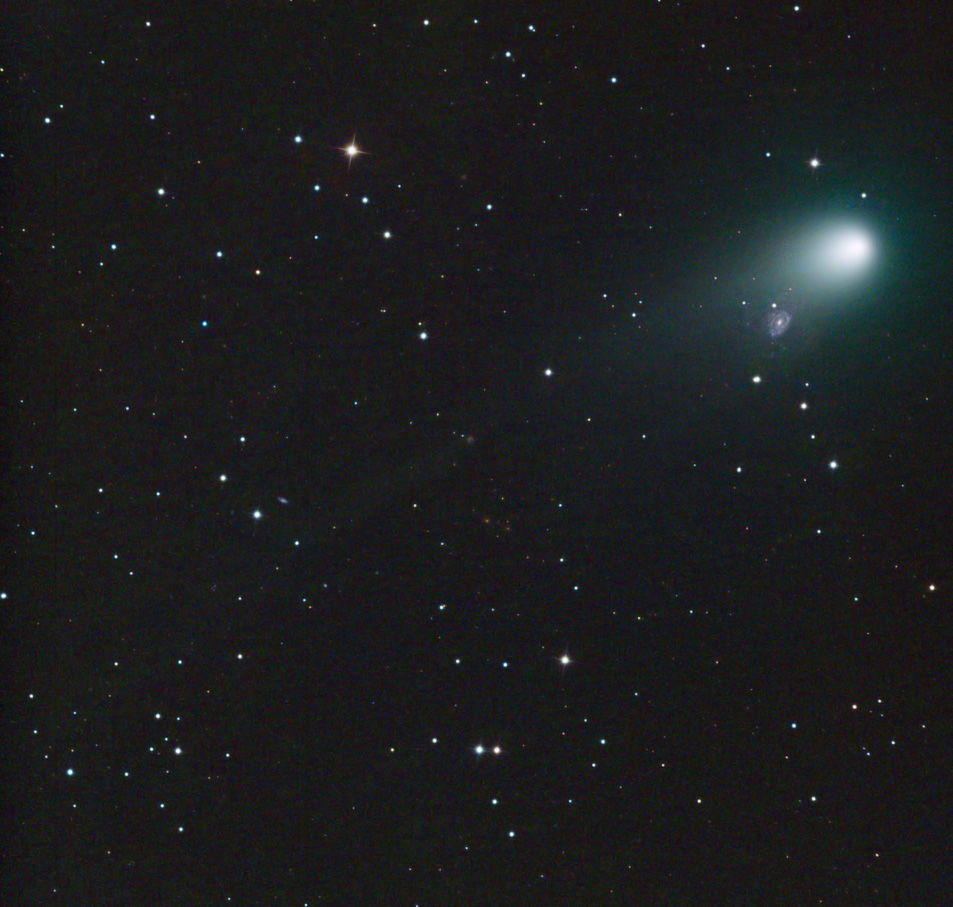Image of the Day: October 2012
Image of the Day Archives
For older Image of the Day pictures, please visit the Image of the Day archives. Pictured: NGC 2467.
Cold-Hearted Orb That Rules the Night
Monday, October 1, 2012: MSG-3 (Meteosat Second Generation) satellite caught this view of the Earth and moon on August 31, 2012, before disappearing from the satellite’s sight behind the southern hemisphere. As the second full moon of August (as seen by Earth observers), it is referred to as a “blue moon.” [Check out our wallpaper of this image.]
— Tom Chao
Late at Night, Lights Dancing in the Northern Sky
Tuesday, October 2, 2012: Astrophotographer Colin Chatfield sent in a photo of an auroral display taken on the evening of Sept. 30-Oct. 1, 2012, from Saskatoon, Saskatchewan, Canada. [For more aurora photos, see: Amazing Auroras: Northern Lights of October 2012 (Photos).]
— Tom Chao
But Now It's Gettin' Late and the Moon Is Climbin' High
Wednesday, October 3, 2012: SPACE.com reader George Garcia sent in his photo of the Harvest Moon taken on Sept. 29, 2012, in Montebello, CA.
— Tom Chao
Here Inside I Like Metal
Thursday, October 4, 2012: NASA/ESA Hubble Space Telescope photographed the globular cluster Messier 69 (M69), a dense collection of old stars. M69 is one of the most metal-rich globular clusters, though they are lower in metals than recently formed stars such as the sun. M69 lies 29,700 light-years away in the constellation Sagittarius (the Archer).
— Tom Chao
Blast Off
Friday, October 5, 2012: A Delta 4 rocket blasts off from Cape Canaveral in Florida on Oct. 4, 2012, carrying the U.S. Air Force’s Global Positioning System (GPS) IIF-3 satellite. [See our full gallery.]
— Tom Chao
This Is the Magic Mixture
Monday, October 8, 2012: Data from ESA’s Mars Express spacecraft shows a natural-color view of Hooke Crater and the icy plains of Argyre Planitia on the red planet. The western half of Hooke Crater (85.7 miles or 138 km wide) appears here. To the left of the crater, the Argyle Planitia plains are coated with a thin layer of frozen carbon dioxide. Argyre impact basin provides scientists with one of the locations on Mars with a mixture of young and old terrains, as well as deep and surface materials. The image data was obtained on June 8, 2012.
— Tom Chao
Breaking space news, the latest updates on rocket launches, skywatching events and more!
Private Property
Tuesday, October 9, 2012: SpaceX launched its Dragon spacecraft on the first commercial cargo resupply mission to the International Space Station on October 7, 2012. The Falcon 9 rocket carrying the Dragon capsule launched from Cape Canaveral, Florida. [See full gallery.]
— Tom Chao
The Owl and the Tree
Wednesday, October 10, 2012: Astrophotographer Paul Zizka sent in this photo of an aurora with a special guest, taken at the Minnewanka boat docks, Banff National Park, Canada, on Oct. 8, 2012. He writes: “When this shot was taken I was perhaps not the most thrilled photographer. It was the second night in a week that I went chasing the auroras all night, and they were hidden somewhere behind a veil of clouds (as you can tell from the surreal sky), even though the rest of the country seemed to be seeing them. It turns out that I was completely unaware that I was taking one of my most memorable shots. This morning I noticed a visitor [had] made his way into the frame, and I could not believe my eyes. The owl is surprisingly sharp in this 5-second exposure. Thanks to the Minnewanka boat docks for lighting the bird perfectly, and to Mother Nature for providing the perfect perch and background.”
— Tom Chao
Stuck Inside a Cloud
Thursday, October 11, 2012: A pre-stellar cloud in the Taurus Molecular Cloud contains water vapor in an amount 2000 times as large as the Earth’s oceans. ESA’s Herschel space observatory detected the water vapor in a molecular cloud on the verge of star formation for the first time in this image of Lynds 1544, shown at lower left. The Taurus Molecular Cloud lies about 450 light-years from Earth and is the nearest large region of star formation.
— Tom Chao
Roll Across the Skies
Friday, October 12, 2012: Adam Block at the Mount Lemmon SkyCenter in Arizona caught Comet 168P Hergenrother on October 5, 2012.
— Tom Chao

Space.com is the premier source of space exploration, innovation and astronomy news, chronicling (and celebrating) humanity's ongoing expansion across the final frontier. Originally founded in 1999, Space.com is, and always has been, the passion of writers and editors who are space fans and also trained journalists. Our current news team consists of Editor-in-Chief Tariq Malik; Editor Hanneke Weitering, Senior Space Writer Mike Wall; Senior Writer Meghan Bartels; Senior Writer Chelsea Gohd, Senior Writer Tereza Pultarova and Staff Writer Alexander Cox, focusing on e-commerce. Senior Producer Steve Spaleta oversees our space videos, with Diana Whitcroft as our Social Media Editor.
